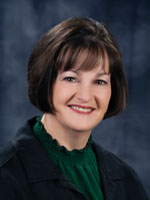
Hands-on, Practical Guidance for Educators
From math,
literacy, equity, multilingual learners, and SEL, to assessment, school counseling,
and education leadership, our books are research-based and authored by experts
on topics most relevant to what educators are facing today.
Making a Difference
Foreword by Ruby Takanishi
A 10-step plan for linking early childhood education to the K–3 system!
Focused on increasing achievement for all young learners, this 10-step model demonstrates how early childhood professionals and K–12 educators can develop a strong PreK–3 foundation that connects early childhood education standards and goals to a K–3 system. Drawing on the authors' extensive experience, this field-tested approach helps educators outline a clear implementation plan for an integrated system that:
- Identifies families' and children's needs
- Provides high-quality instruction before kindergarten
- Shares developmental information about children's progress
- Aligns resources, curriculum, and instruction
- Anticipates challenges and celebrates successes
- Grade Level: PreK-12, Elementary, Secondary
- ISBN: 9781412974233
- Published By: Corwin
- Year: 2010
- Page Count: 184
- Publication date: November 30, 2012
Price: $31.95
For Instructors
When you select 'request review copy', you will be redirected to Sage Publishing (our parent site) to process your request.



